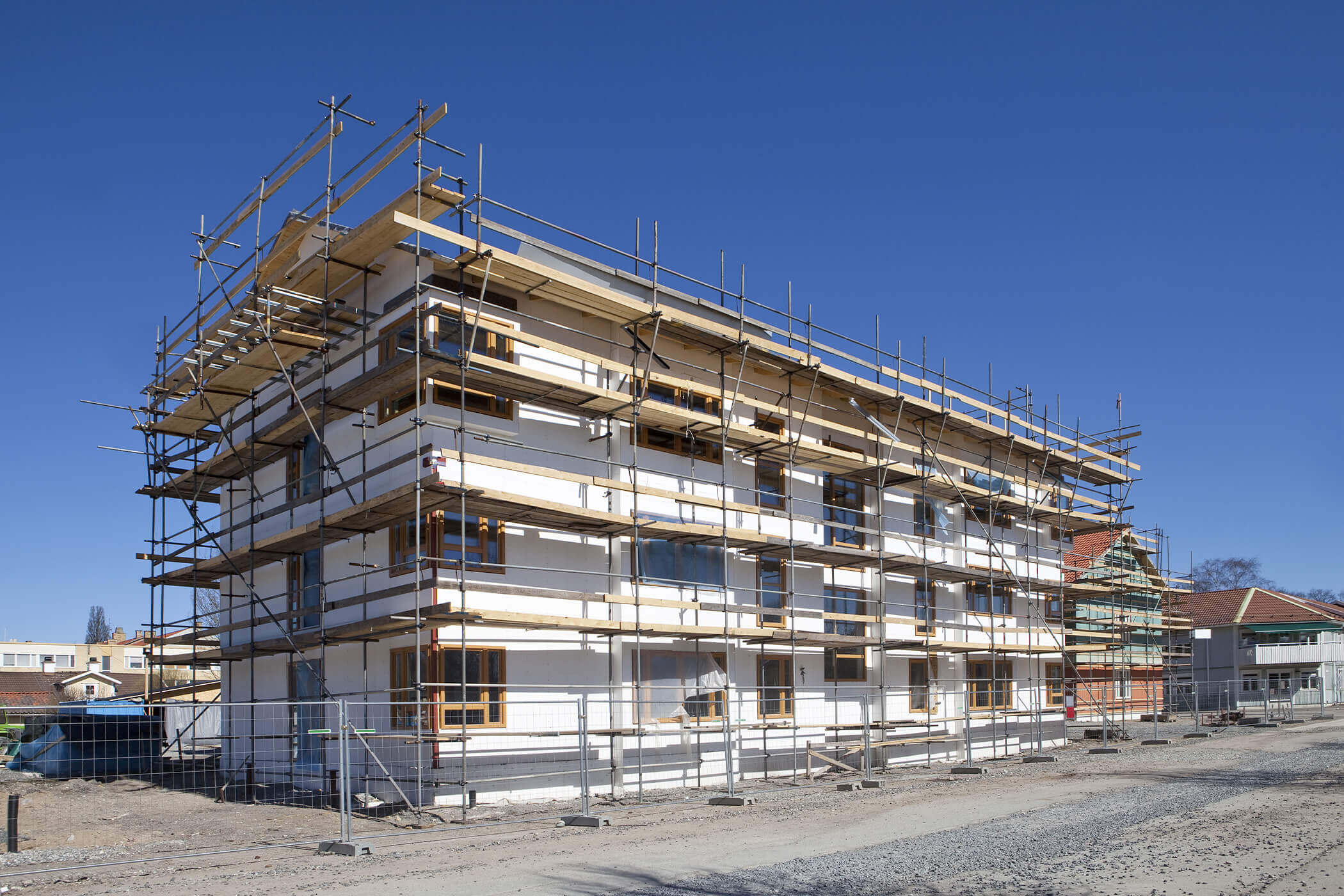In the evolving landscape of construction, commercial scaffolding stands out as an important component that elevates the effectiveness and safety of jobs. Whether it’s a towering office building or a challenging renovation, scaffolding serves as the foundation that supports workers and materials, facilitating seamless execution of tasks at different heights. Comprehending its importance is crucial for everyone involved in the construction industry, from site supervisors to compliance officers.
This article delves into the varied world of commercial scaffolding, exploring its varieties, safety measures, and the legislative context that governs its use. We will reveal how adequate scaffolding not only enhances job site safety but also plays a key role in modern construction methodologies. Accompany us as we journey through the heights of scaffolding, revealing information and best practices that are important for successful commercial projects.
Understanding Commercial Supports
Commercial scaffolding is a transient structure created to assist workers and materials during the erection, refurbishment, or maintenance of business buildings. This vital equipment allows for protected access to higher areas, aiding various tasks such as painting, masonry, and fitting windows. It is important for significant projects that involve substantial heights and intricate designs, where regular ladders and lifts may not offer the necessary security or productivity.
What differentiates business scaffolding apart from residential scaffolding is its capacity to accommodate greater loads and provide improved stability. more information is often constructed using materials like steel and lightweight metals, which offer durability and resilience. Corporate scaffolding can be customized to fit particular project needs, making it versatile for a range of applications, from tall buildings to manufacturing facilities. Understanding Get More Info is vital for ensuring successful project finalization and optimizing safety on job sites.

The use of commercial scaffolding not only improves job efficiency but also has a significant role in maintaining protection for construction workers. Its design allows for clear access and proper support, which lessens the chance of falls and accidents. By putting resources in high-quality scaffolding systems, contractors can verify compliance with protection standards and demonstrate their devotion to establishing a protected working environment. Overall, corporate scaffolding is an essential part of modern construction practices, reinforcing both building integrity and workforce security.
Safety and Compliance in Scaffolding
Ensuring safety and compliance in scaffolding is crucial for any commercial project. Scaffolding not just offers critical access for construction teams but also safeguards their well-being. Adhering to recognized standards and rules, including those set by the relevant safety authorities, is essential to reduce risks. Following regulations is not just about following the law; it’s about establishing a protected work environment that safeguards workers from likely hazards associated with the scaffold system.
Each construction site poses specific challenges, making thorough safety evaluations a critical part of scaffolding management. Routine inspections help reveal potential hazards such as unsecured parts, deteriorating materials, and incorrect setup. By performing comprehensive safety evaluations, project managers can ensure that scaffolding is stable and in accordance with safety requirements. This preventive approach significantly lowers the chance of accidents and injuries on site.
Besides inspections, regular training for staff is crucial in ensuring safety standards. Workers should be well-versed in the proper use of scaffolding equipment, recognizing typical hazards, and handling emergencies. Investing in scaffolding safety training not just improves compliance but also cultivates a environment of safety on the job site. With a trained workforce that comprehends safety practices, companies can effectively reduce risks and improve overall project outcomes.
Construction Scaffolding in Construction Works
In the world of construction, scaffolding has a key role in aiding various activities, from building tall structures to executing intricate renovations. It supplies workers with safe and accessible platforms, significantly improving efficiency and productivity on-site. Different types of scaffolding, such as modular frame, system scaffolding, and suspended scaffolding, can be tailored to meet the particular needs of a job, whether dealing with the complexities of a high-rise building or the distinct needs of a commercial renovation.
One significant advantage of employing scaffolding solutions is that they enhance safety on construction sites. Properly constructed and maintained scaffolding lowers the risk of falls and accidents, which are among the top hazards in the industry. Companies that invest in high-quality scaffolding systems and adhere to safety regulations not just protect their workers but also boost their overall project timeline and budget by minimizing downtime and potential legal issues.
Moreover, as construction projects expand in scale and complexity, the demand for innovative scaffolding solutions has increased. This includes the adoption of modular scaffolding systems that provide flexibility and ease of assembly, allowing teams to adjust quickly to evolving project needs. Selecting the appropriate scaffolding solution can optimize processes, making it imperative for construction managers to collaborate with experienced scaffolding providers who grasp the intricacies involved in commercial projects.
